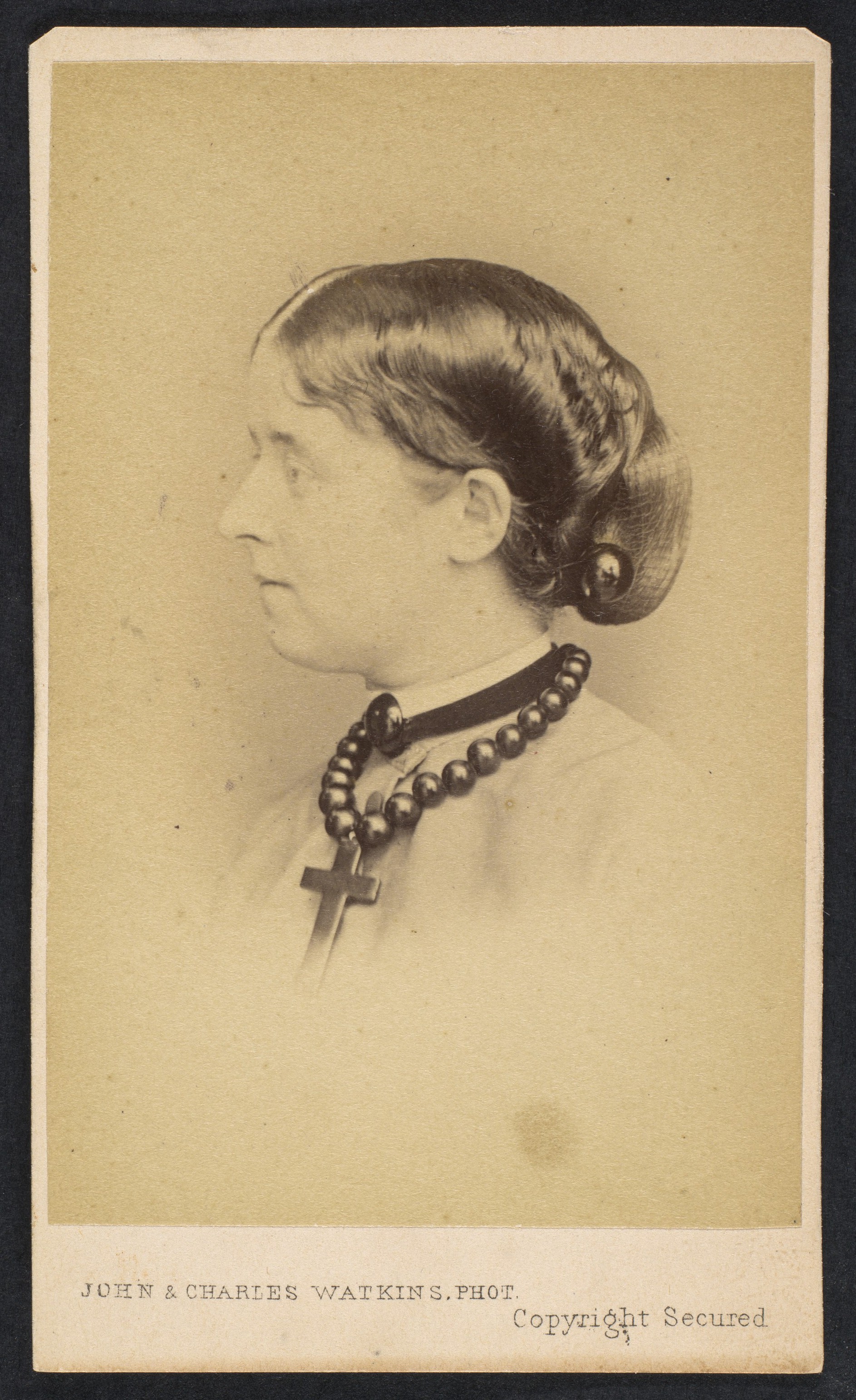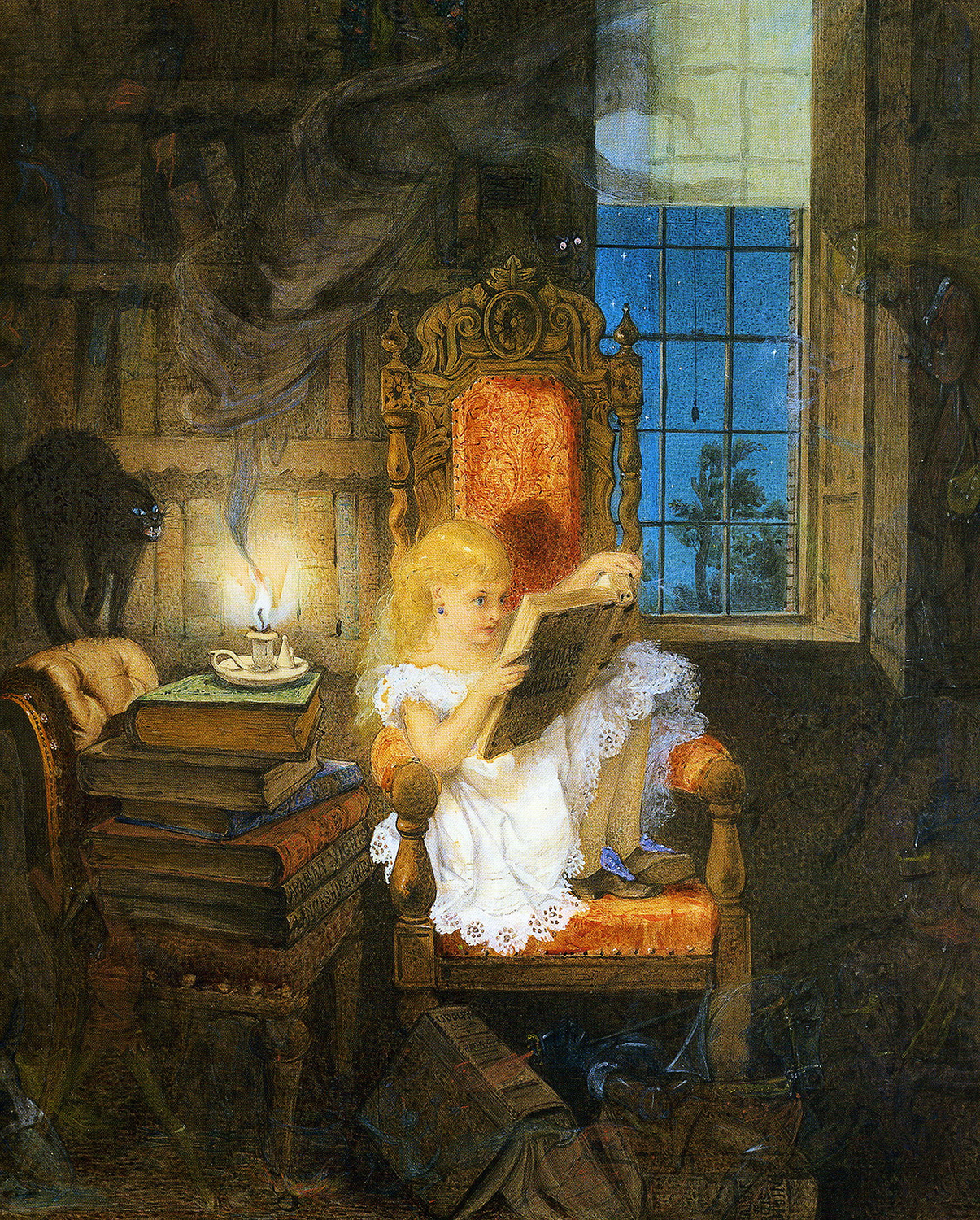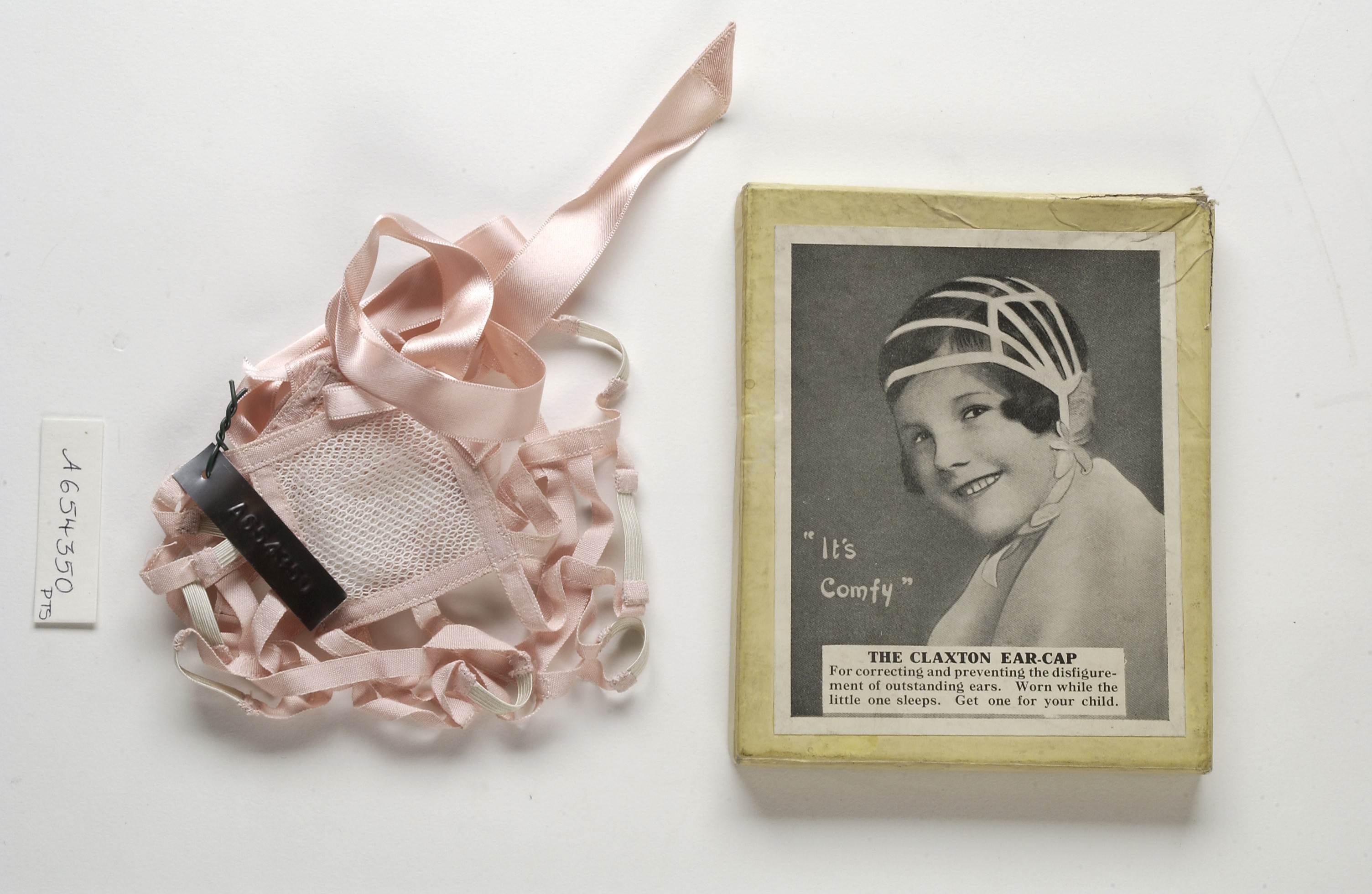Adelaide Sophia Claxton (10 May 1841 – 29 August 1927) was an English painter and illustrator. She and her sister Florence, also a painter and illustrator, were the only surviving children of the painter Marshall Claxton (1813–1881) and his wife, Sophia, née Hargrave (1812–1890).[1]
The Victorian period saw the emergence of a remarkable number of female artists many of whom, like Adelaide, painted in watercolours, and even succeeded in earning a living from their work.[2]
There were few opportunities for women to train as professional artists at that time, so Adelaide and her sister received most of their artistic education from their father, who gave ladies-only classes at the family home in Kensington. Adelaide also received some tuition at Cary’s Academy in Bloomsbury, an art school founded by artist Henry Sass (1788–1844) and one of the first to admit women.[3]
Early life
Adelaide Claxton was born in Southampton Street, Fitzroy Square, London on 19 May 1841. Not having achieved the success he craved in England, in August 1850 Marshall Caxton took his family to Australia, where with less competition he hoped he could enhance his reputation as a painter. The family spent four years in Australia before returning to London via Calcutta, but their deteriorating financial situation meant that Adelaide and her sister Florence had to begin earning a living, and both embarked on their artistic careers.[1]
Professional career
Adelaide’s paintings combine scenes of domestic life with literary or fantasy elements such as ghosts and dreams. She began exhibiting her work in the late 1850s at the Society of Women Artists,[4] and between then and 1896 exhibited multiple times at the Royal Academy of Arts, Royal Hibernian Academy, and Royal Society of British Artists, as well as the Society of Women Artists. One of her works, A Midsummer Night’s Dream at Hampton Court, was so popular that she produced five copies of it.[5] Her ghost paintings such as Wonderland, showing a young girl reading tales from the Brothers Grimm by candlelight, were much in demand.[3]
It was not easy for a woman to establish herself sufficiently in the male-dominated art world to make a living from her painting alone.[3] Adelaide therefore followed her sister Florence into producing illustrations for popular magazines including the London Society, and became a paid staff member for the satirical magazine Judy, a cheaper alternative to its main competitor, Punch.[1] In 1876 she published an illustrated book in collaboration with the editor of Judy, Charles Henry Ross, titled A Shillingsworth of Sugar Plums Containing Several Hundred Num-nums and Nicy-nicies.[1]
Later life
On 23 July 1874 Adelaide married George Gordon Turner (1852–1905), and in 1885 she gave birth to a son, Clarence Claxton Turner. By the end of the 1870s Adelaide’s focus had shifted from illustrating periodicals to supplying advertising images for the expanding market in women’s ready-to-wear clothing, to meet the growing demand fueled by the rapid growth in illustrated mail-order catalogues.[1] She turned her attention to the invention and manufacture of corrective garments towards the end of the 1890s, and registered several patents under her married name of Adelaide Sophia Turner.[4] Her Claxton Ear Cap, to treat protruding ears in infants, was in production until at least the mid-1920s; the elasticated Claxton Classical Corset was another of her patented designs.[1]
Adelaide died on 29 August 1927 at the Artists’ General Benevolent Institution Home in Earls Court, aged 85.[1]



